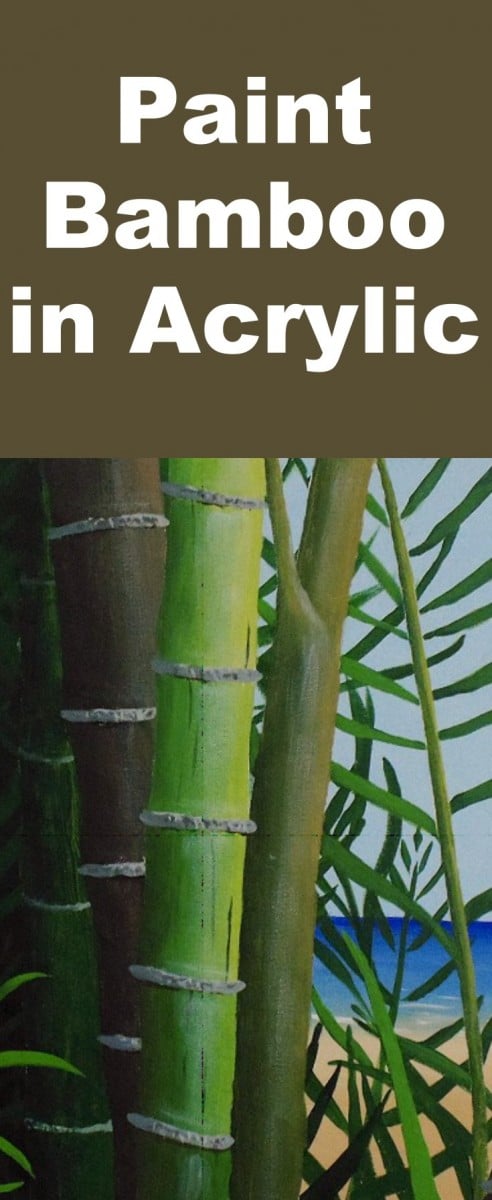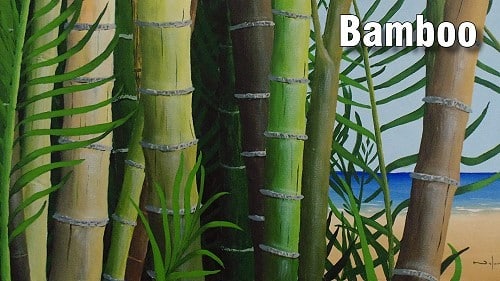Class Tutorial
Planning
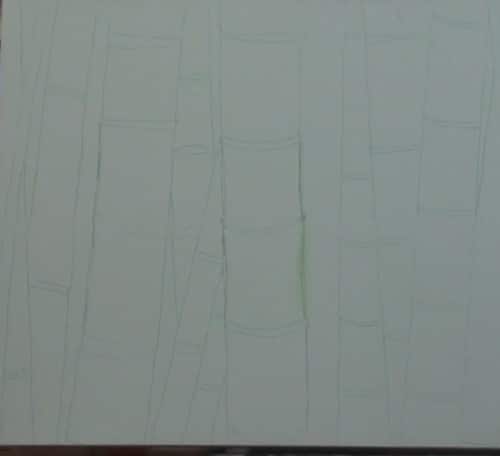
Using your preferred method, transfer the tiled template onto your canvas. Carefully examine the shapes of each stalk of bamboo. Each is unique, so be sure to draw each piece accurately on the canvas. Watercolor pencils work well for this.

Mask off the bamboo with a product such as Clear Cover, so that you can add in the background.
Have a spray bottle of water handy for misting both paints and canvas as needed throughout the painting process.
Painting the Background
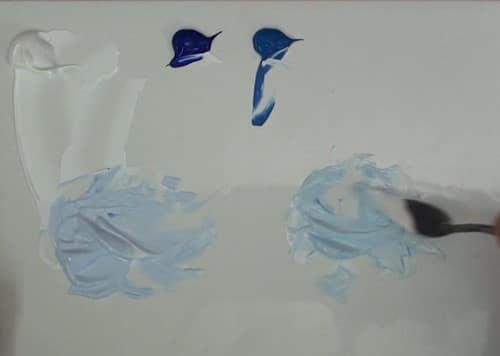
Mix the colours you will need for the sky and sea. Be sure to add some sky colour to your sea mix.
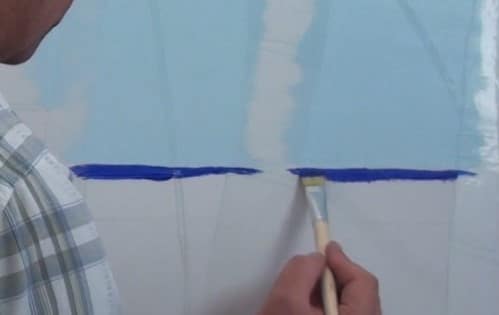
Draw in the horizon and shore lines.
Begin by painting the sky. Be sure to end with horizontal strokes.
Then paint the dark ocean colour along the horizon line and the lighter ocean color along the shore line.
Gradually add more of each color at top and bottom to blend them together.
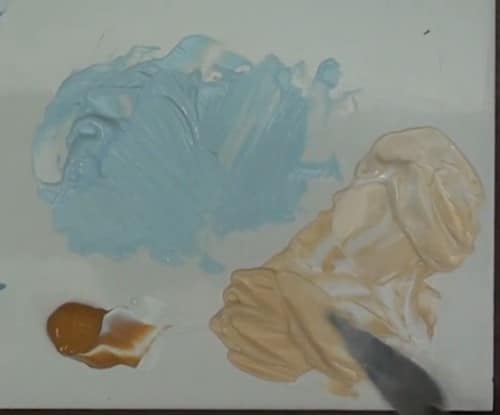
Mix a dark and light shade of beach colour.
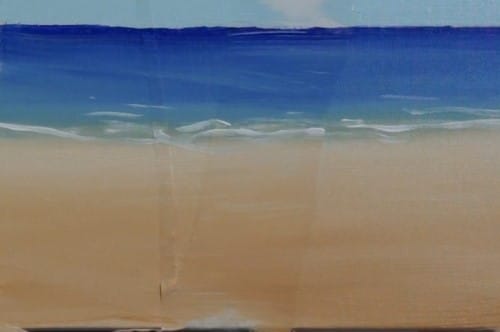
Brush on the darker colour at the bottom and then the lighter color close to the ocean. As you did with the ocean, begin blending the two colours together. Overlap the ocean and the shore colours to make a natural-looking shoreline. Add a few waves rolling in.
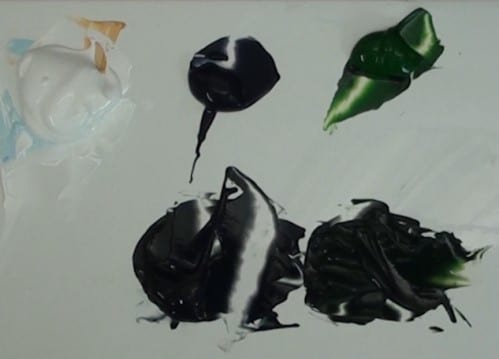
Mix the very dark colour to paint as background behind the bamboo. Make several tones of it.
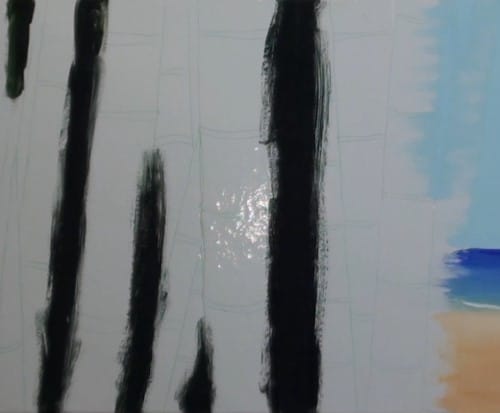
Begin by painting in the darkest colour between the trees. A bristle brush works best for this, but follow up with light strokes of a softer brush to blend it out. Dry what you have done so far.
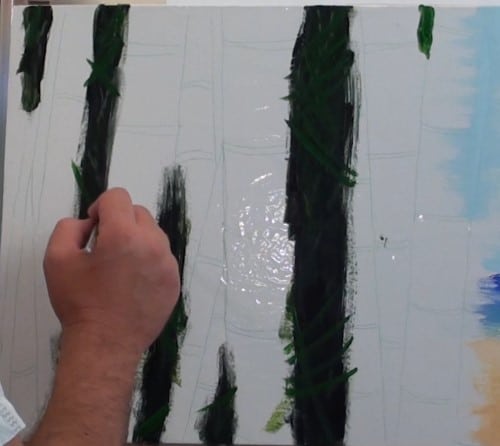
Now paint a lighter shade of background cover over the darker tone as seen on the reference picture.
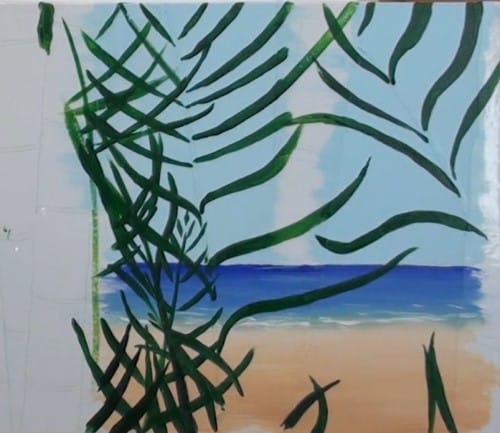
Use the lightest shade close to the top to create the impression of even more bamboo in the background. Add a gray tone for even more contrast. Then finish that up with green leaves and palm front shapes using just the green colour. Paint right over the masked bamboo where the leaf may be coming out on the other side. Use different angles and even overlap some of them. Note Nolan’s detailed demonstration of how to paint these leaves as he carries them into the foreground by the ocean.
Painting the Bamboo
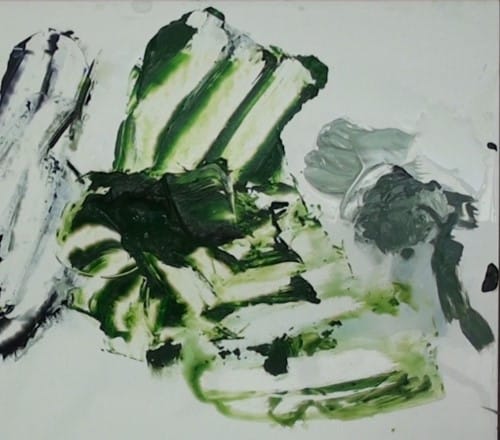
Remove the mask from the bamboo stalks. The goal will be to make the bamboo look interesting and round. Note that the sunlight will be coming in from the right, so the left-hand side of each stalk will be darker.
Use your existing green/black shades to create new paint mixtures.
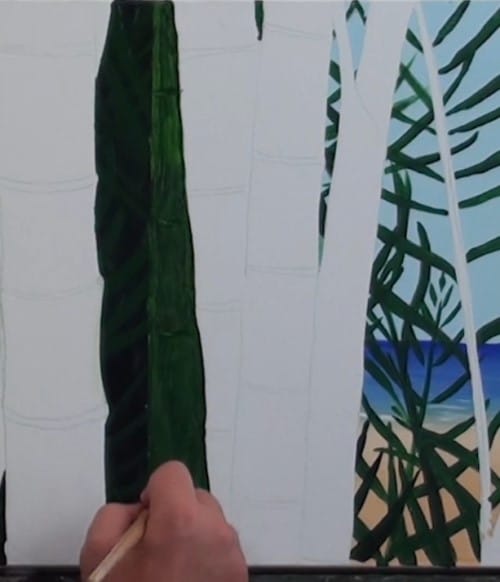
Begin blocking in the bamboo that is furthest back, using vertical strokes in the direction in which the bamboo is growing. Make a mark where each of the knots (rings between the segments) will go. Now create and paint in the highlight and shadow colours on each stalk. Use a softer brush to blend them in.
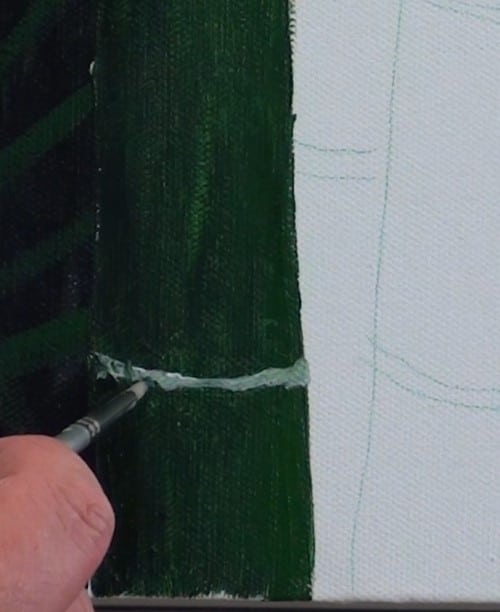
Next add the knots. They will be varied in angles, textures, and colours. Include highlight and shadow on each knot also.
Continue on with other background bamboos, using the same process. Mask off any of the foreground bamboos if needed.
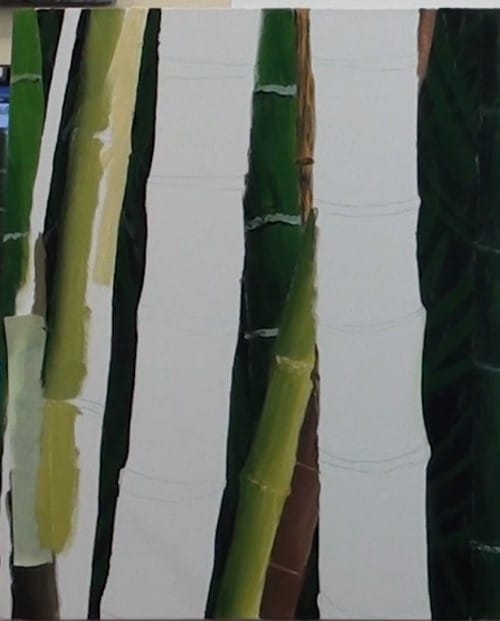
Mix some lighter colours for the foreground bamboo. Use the same process to paint those in, basically a mid-tone, highlight, shadow for each stalk, and the similar values for the knot tone. Continually refer to the reference photo as you progress from the darkest to the lightest colours. Mix new colours as needed.
Move on to the vein on the right side of the painting when you are finished with a colour that will be appropriate for it. Block it in with that mid-tone color first. Run the shading down the left side and the highlight colour down the right side. Blend them together in areas where they appear too much like stripes. Use the same process for the vein on the right.
Using the same process you used on the darker bamboo, go back now and do the lighter ones. Note that there will be more details, reflections, and blending as the bamboos get closer to the front.
Painting the Foreground Leaves

Paint in the dark leaves in front of the bamboo. Then mix some mid-tones, highlight ,and shadow colours. Following the contour of the leaves, fill in the appropriate tones in the correct places. Do the same for the leaves on the left that need it.
Finishing the Painting
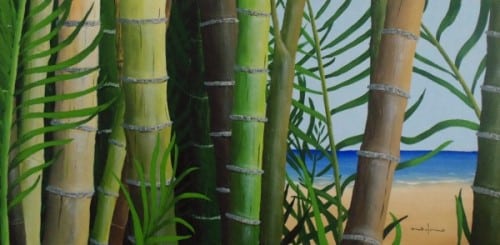
Go back over your painting and fill in any last details
Click the button below to view the real time follow along version of this class:
Pin Me
